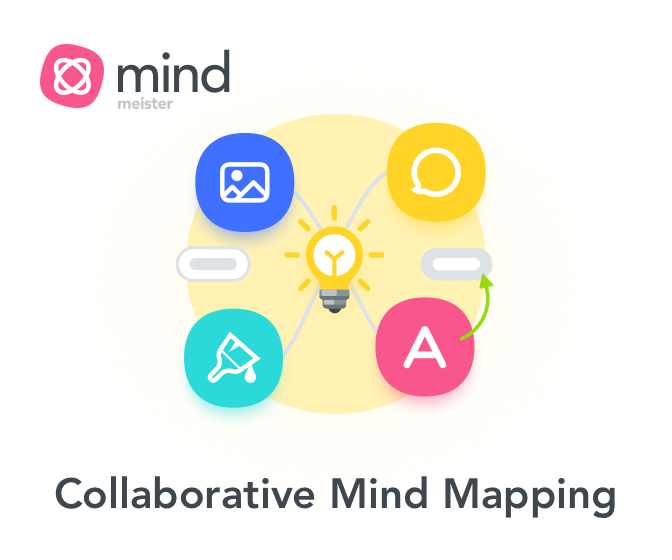The Project Lifecycle
Is the sequence of phases that a project goes through from start to finish. The number and order of these phases differ between industries and projects, but will typically be four phases focusing on:
Is the sequence of phases that a project goes through from start to finish. The number and order of these phases differ between industries and projects, but will typically be four phases focusing on:
- getting started - 'is this something we want to do & can do?'
- detailed planning - 'what exactly are we doing, & how & when will we do it?'
- doing the work - 'lets make it happen'
- wrapping up - 'did we do what we wanted to do and can we move to BAU?'

Project life-cycles differ between industries and organizations, and between project types within a business. Projects are decomposed into phases so that progress can be assessed and further spend authorised at natural decision points. These points might be driven by the payment terms of a contract (parts of the bill are paid when certain milestones are achieved), decision points for large purchases, a fixed go live date or by an organization's project methodology (e.g. NASA have predefined lifecycles for running their projects).
A Generic IT Project Lifecycle
This is an example of a Project Lifecycle typical of IT projects when there is usually a testing phase before the software goes live.
A diagram like this is a fantastic way of showing clients and your project team what they can expect at each stage of the project.
Examples of Project lifecycles
Real-world lifecycles often use longer words to describe each phase like: initiation, definition and configuration. These sound complicated, but underneath the formality they all describe the same basic lifecycle - getting started, detailed planning, doing the work and wrapping up.Put simply, the aim of any lifecycle is to work out the What, Why, When and How, and to do the work in a controlled way.
NASA's Project Lifecycle

Project Management Institute (PMI) lifecycle
The PMI use a 5 phase lifecycle, which is more generic than NASA's. Because PMIs lifecycle is intended for any project and industry the names of the phases focus on the management activities rather than the specific project work. The phases are:- Initiation - understand the goals and objectives, create the Business Case and develop the PID.
- Planning - breaking down the work (WBS) and defining how the project will be managed in the PMP.
- Execution - kicking off the project and doing the work.
- Monitoring and controlling - alongside the Execution phase the Project Manager monitors progress and works with the project board to manage any issues.
- Closure - wrap up the project, identify Lessons Learned and hold a Post-Project Review.
Oracle Unified Method
The software company, Oracle, have developed their own method, which is intended to support the end-to-end Enterprise Information Technology (IT) lifecycle. Oracle describe OUM as an "implementation approach that is rapid, broadly adaptive, and business-focused." The five phases are:- Inception
- Elaboration
- Construction
- Transition
- Production

See all project management words
Methodology specific dictionaries / glossaries
- View the Agile Dictionary
- Managing Successful Programmes (MSP) Dictionary
- Prince 2 glossary of terms
- Full ITIL glossary of terms
- See also Risk Management Dictionary.

